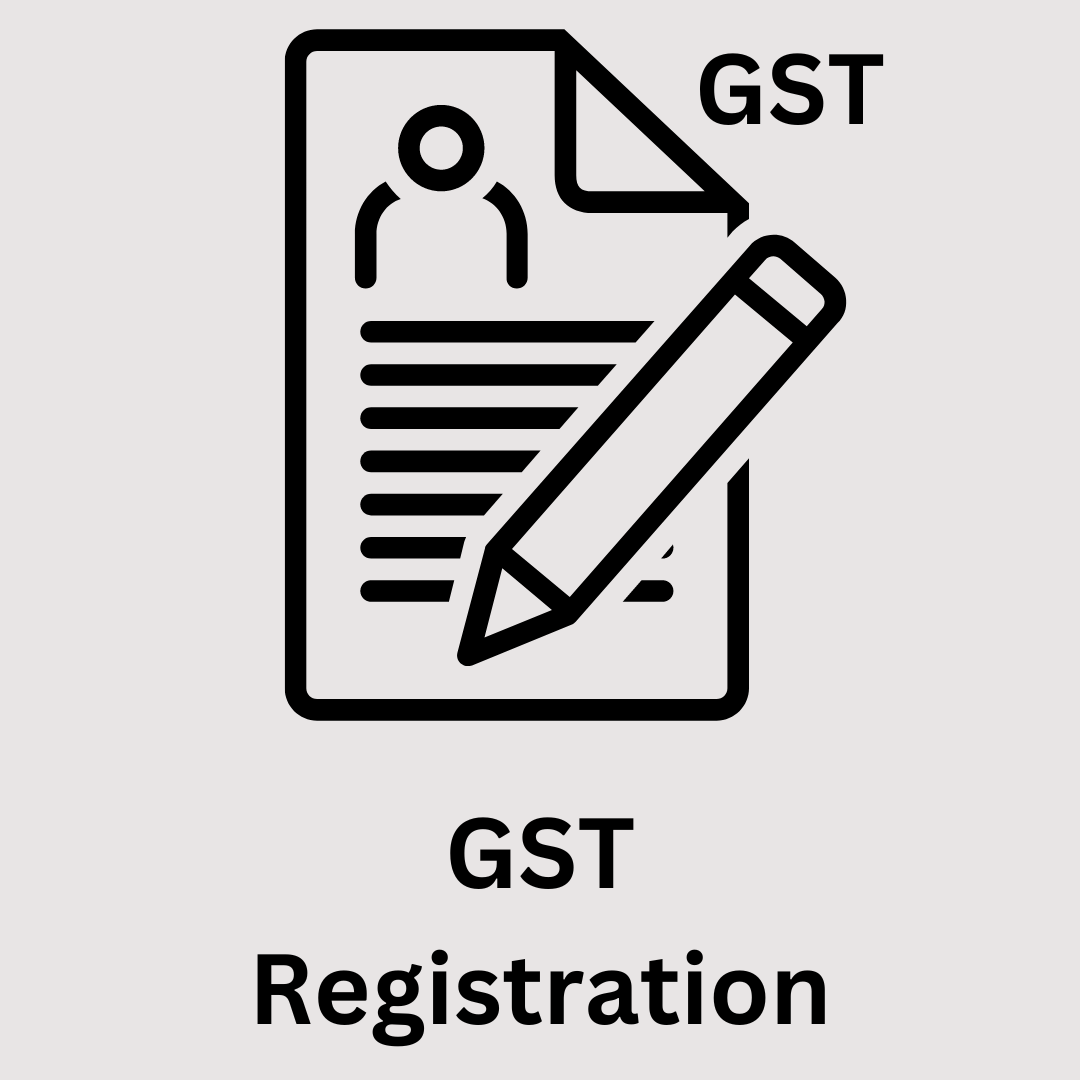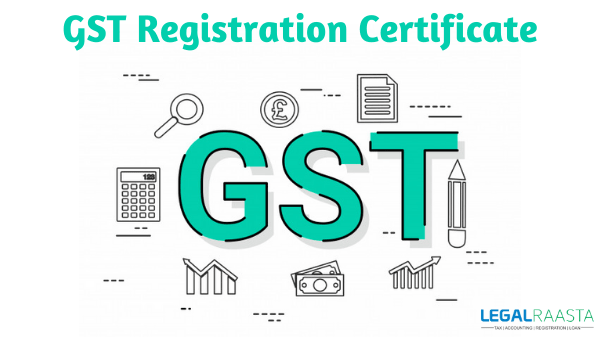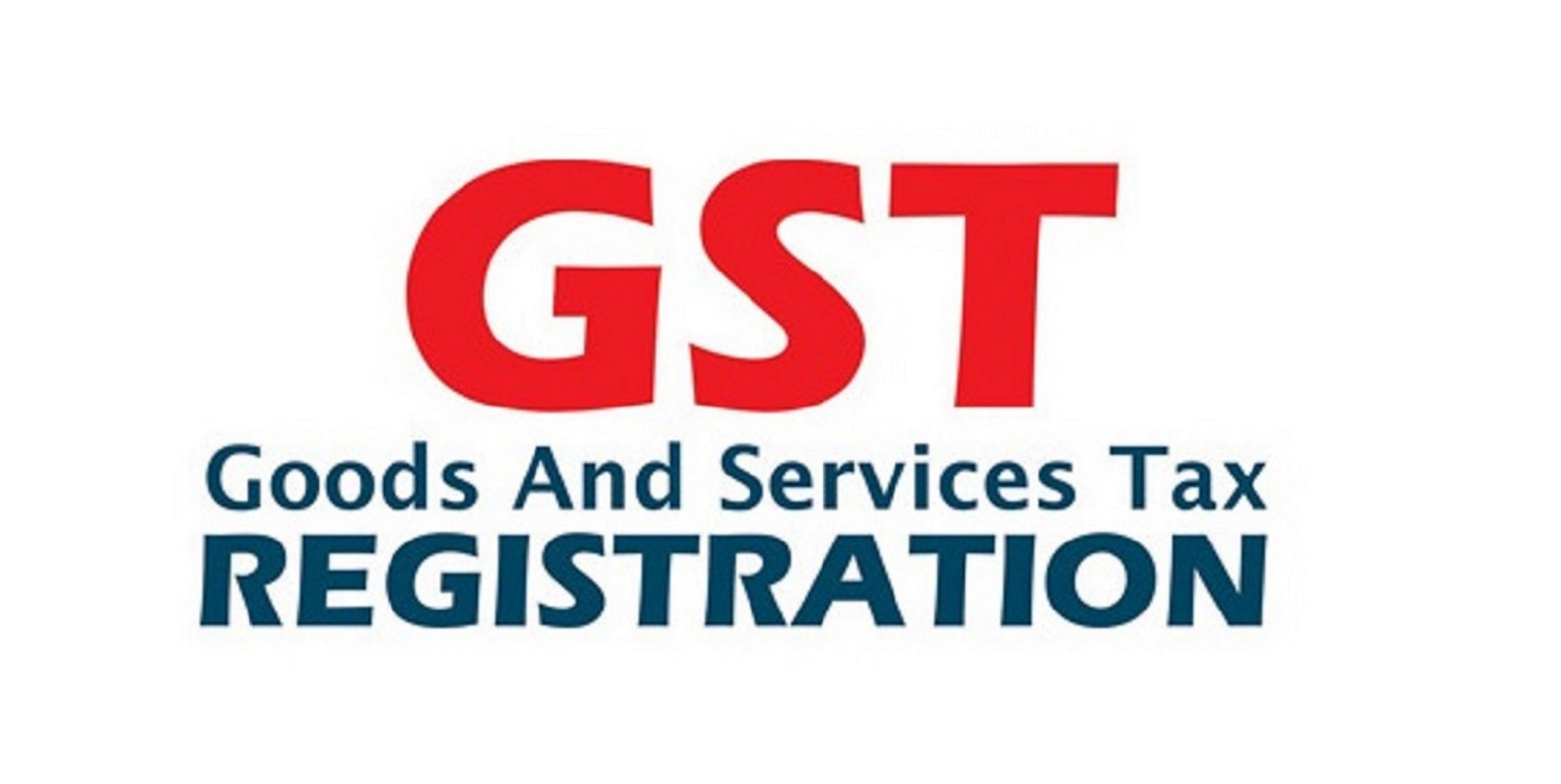Browsing the Complexities of GST Enrollment: Specialist Tips to Guarantee a Smooth and Effective Registration
Navigating the detailed landscape of GST enrollment can be a daunting task for companies aiming to abide with regulative demands. By exploring the common challenges and important elements associated with GST registration, organizations can furnish themselves with the understanding needed to navigate this facility terrain properly.
Comprehending GST Registration Refine
Navigating via the intricacies of the GST registration process requires an extensive understanding of the documentation and demands included. The procedure starts by figuring out whether an organization is qualified for GST enrollment based upon variables such as annual turn over, interstate purchases, and the kind of solutions or products provided. As soon as eligibility is developed, the following action is to collect the needed records, consisting of proof of organization address, consolidation and identification evidence of the promoters, financial institution statements, and economic statements. These papers play an important function in confirming the details provided in the registration application.
Furthermore, it is important to ensure that all information entered in the application are precise and up to day, as any type of discrepancies may lead to delays or being rejected of the enrollment. Recognizing the various GST types and their particular usages is additionally essential in completing the enrollment procedure smoothly. By familiarizing oneself with these requirements and staying arranged throughout the application process, organizations can browse the GST enrollment process effectively and effectively.
Important Documentation for Enrollment
In order to successfully complete the GST registration procedure, services need to collect and submit essential paperwork that corroborates their qualification and supports the info provided in the application. The key papers required for GST enrollment generally include evidence of organization incorporation or identification, enrollment and address evidence of the main local business owner or partners, checking account declarations, organization frying pan card, and proof of organization address such as utility expenses or lease agreement.

Guaranteeing that all needed paperwork is exact, up to day, and in the suggested layout is essential to stay clear of hold-ups or issues during the GST registration procedure. Services ought to carefully assess the document needs detailed by the tax authorities to facilitate a smooth and successful enrollment.
Common Risks to Avoid
A critical aspect of the GST registration procedure entails guiding clear of common errors that can impede the smooth completion of enrollment for businesses. Mistakes in details such as the business frying pan, name, or address can lead to hold-ups in the registration procedure.
Another common mistake is not comprehending the limit for registration. Services should register for GST if their annual turn over goes beyond the suggested restriction, stopping working which can cause fines and legal consequences (Simplify your GST registration process with our expert services in Singapore). Therefore, it is essential for companies to remain educated about the enrollment requirements and deadlines to avoid non-compliance concerns.
In addition, some services forget useful reference the value of timely entry of registration records. By preventing these usual challenges, services can browse the GST enrollment procedure effectively and make certain conformity with the tax regulations.
Making Best Use Of Input Tax Obligation Credit Rating Benefits

Companies need to likewise regularly resolve their purchases with the auto-generated input tax debt readily available on the GST site to determine any kind of discrepancies and rectify them without delay. It is recommended to perform periodic testimonials of input tax obligation debt claims to guarantee compliance with GST laws and guidelines. By vigilantly adhering to these practices, organizations can optimize their input tax obligation credit history benefits, improve their profits, and remain certified with GST requirements.
Specialist Tips for Smooth Registration
Smooth registration under the GST program begins with precise interest to information in making certain all needed records and info are ready properly and in conformity with governing demands. To start the enrollment procedure seamlessly, companies must first establish their eligibility for GST registration based on turnover and organization tasks. It is critical to collect and arrange important documents such as frying pan card, evidence of organization address, registration weblink and identification proofs of promoters, bank statements, and business-specific files like rental contracts or energy bills for the premises. Making certain that all information given is constant across files can protect against hold-ups or beings rejected throughout the enrollment procedure. Furthermore, verifying the accuracy of information gone into in the GST enrollment application is critical. Any kind of discrepancies or errors can lead to issues later on. Seeking experienced assistance or utilizing online resources given by the tax obligation authorities can additionally aid in a smoother enrollment process, assisting businesses prevent common pitfalls and navigate the intricacies of GST registration with simplicity.

Verdict
Finally, navigating the complexities of GST registration calls for an extensive understanding of the process, crucial documentation, usual mistakes to stay clear of, and best site approaches to make the most of input tax obligation credit benefits. By following expert suggestions and guidelines, companies can guarantee a effective and smooth registration procedure, eventually bring about conformity with GST policies and making best use of tax obligation advantages.
By familiarizing oneself with these needs and remaining organized throughout the application process, organizations can navigate the GST enrollment procedure effectively and properly.
A critical element of the GST registration procedure involves steering clear of usual errors that can hinder the smooth conclusion of enrollment for organizations. By preventing these common pitfalls, companies can browse the GST registration procedure successfully and make sure compliance with the tax obligation guidelines.
To kickstart the enrollment process perfectly, businesses must first identify their qualification for GST registration based on turnover and organization tasks. Looking for experienced assistance or making use of online sources provided by the tax authorities can likewise aid in a smoother registration procedure, assisting services prevent common challenges and browse the complexities of GST enrollment with convenience.